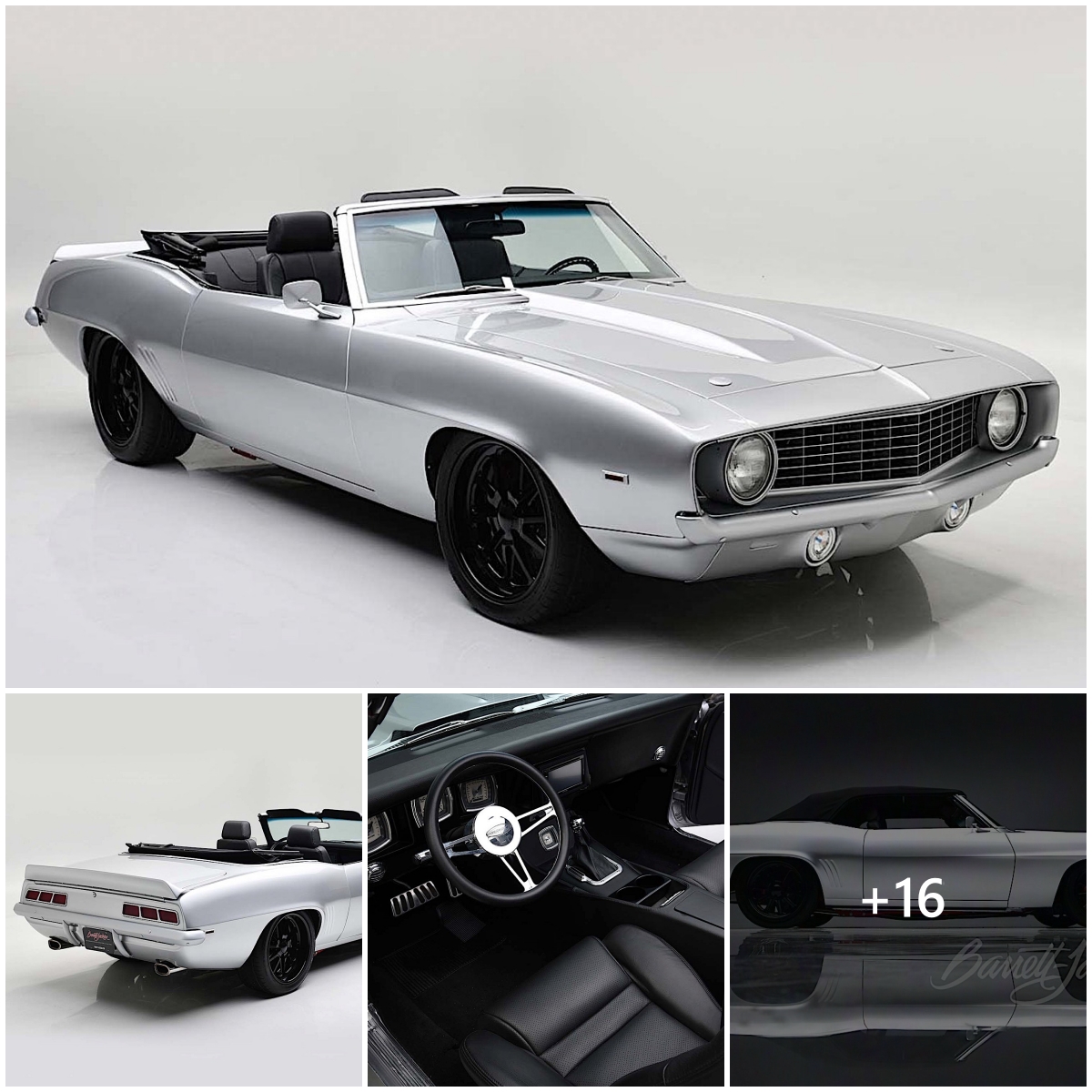 While purists may argue over the value of the undeniably sporty Porsche Taycan electric sedan, you don’t hear too much fuss over its corporate sibling, the Audi E-Tron GT. As predicted by an update to the former, there’s now a redesigned and overhauled version of the Audi, which will be offered in three trim flavors going forward. Here’s what you can expect in performance and value for the 2025 Audi E-Tron GT lineup.
While purists may argue over the value of the undeniably sporty Porsche Taycan electric sedan, you don’t hear too much fuss over its corporate sibling, the Audi E-Tron GT. As predicted by an update to the former, there’s now a redesigned and overhauled version of the Audi, which will be offered in three trim flavors going forward. Here’s what you can expect in performance and value for the 2025 Audi E-Tron GT lineup.
Audi says it managed to shed a few pounds of weight out of the net-97 kWh battery pack while gaining a 12 percent increase in energy storage capacity from the 33 cell modules thanks to optimized cooling. Recouperation energy capacity has increased from 290 to 400 kW now. Audi claims a max range for the updated E-Tron GT of more than 370 miles in ideal conditions in Europe (without specifying which trim) so we’ll have to wait and see what the U.S. EPA thinks for a more accurate figure. The suspension has been overhauled across the board, with a new “two-chamber, two-valve” programmable air suspension setup that can tilt and roll in the corners to keep the car more level (like the new Porsche Panamera and Taycan’s suspension setups).

The first of the three trims is the Audi S E-Tron GT, with a subtly redesigned look that includes a black mask around the nose, with a three-dimensional-effect grille piece, lower bumper air curtains, and a strip of body-color paint for nice contrast at the front. At the rear is a diffuser with cool vertical fins, with a body-color inlay. All E-Tron GTs boast all-wheel drive, and the S model makes 670 hp (500 kW) and gets from 0 to 60 mph in 3.4 seconds. The S trim can get red-painted brake calipers.
 The mid-level 2025 E-Tron GT trim is the RS, where the grille upgrades to a 3D honeycomb structure, with L-shaped aero blades front and back, and vertical red motorsports-inspired reflector. Both RS trims can get the available 21-inch “AVUS”-inspired wheel design from a 1991 design study, and there’s other 20-inch options for every trim. The RS is good for a total max output of 845 hp (630 kW) and gets from 0 to 60 mph in 2.8 seconds.
The mid-level 2025 E-Tron GT trim is the RS, where the grille upgrades to a 3D honeycomb structure, with L-shaped aero blades front and back, and vertical red motorsports-inspired reflector. Both RS trims can get the available 21-inch “AVUS”-inspired wheel design from a 1991 design study, and there’s other 20-inch options for every trim. The RS is good for a total max output of 845 hp (630 kW) and gets from 0 to 60 mph in 2.8 seconds. The top-trim so-called Audi RS E-Tron GT Performance model is available with an exclusive matte and darkened carbon roof and detail package, and an exclusively available Bedford Green paint finish. This model also comes with an optional white driver display inspired by the 1994 Audi RS 2 Avant speedometer.
The top-trim so-called Audi RS E-Tron GT Performance model is available with an exclusive matte and darkened carbon roof and detail package, and an exclusively available Bedford Green paint finish. This model also comes with an optional white driver display inspired by the 1994 Audi RS 2 Avant speedometer.
The RS Performance model makes 912 hp (680 kW) and is in fact the most powerful production Audi ever on sale. It gets from 0 to 60 mph in 2.5 seconds, with a top speed of 155 mph.

All trims are available with a panoramic glass roof that features dimmable smart glass. Both RS trims get carbide-coated brakes, and that’s an option on the S, in either black, red, or orange. Also available for each trim are ten-piston carbon-ceramic disks in either anthracite or red finish.
The 2025 Audi E-Tron GT starts at more than $135,000 in Europe for the S trim and the RS Performance climbs to more than $172,000.





